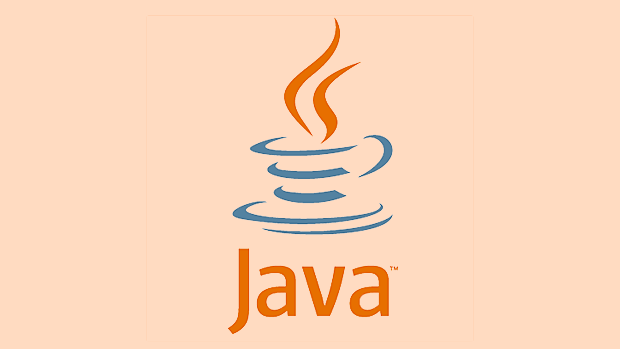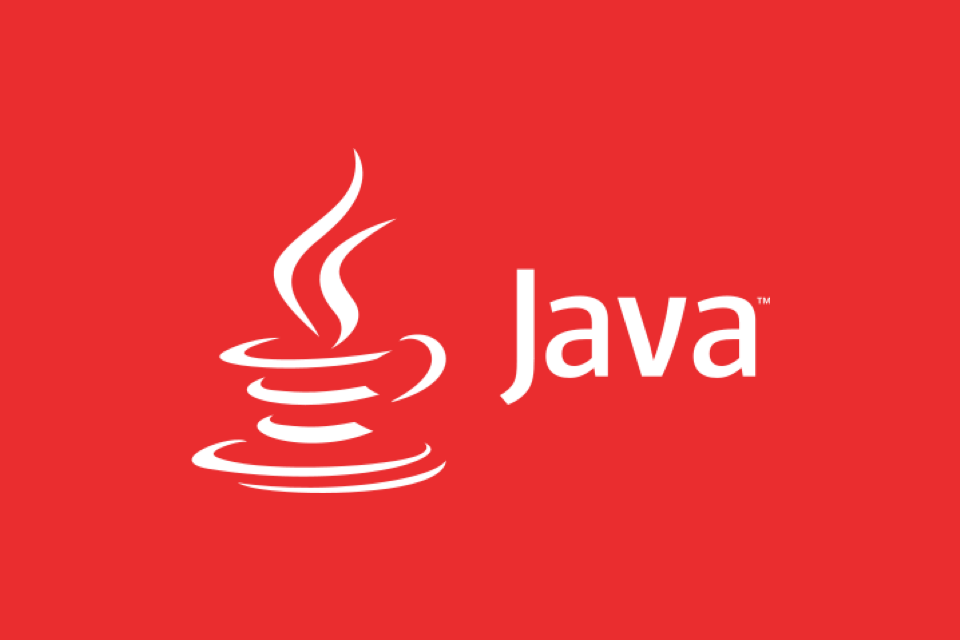Common annotations for Java Bean Validation include: 1. @NotNull verification field is not empty; 2. @NotBlank verification string is not blank; 3. @Size limits length or size; 4. @Min / @Max controls the numerical range; 5. @Email verify the mailbox format; verification triggers can be added by adding @Valid before the Controller parameter of Spring MVC and cooperating with BindingResult; custom constraints need to create annotations and implement the ConstraintValidator interface; verification packets can be used to verify different scenarios by specifying groups attributes and defining interfaces.

Java data verification is a very common requirement in development, especially when processing user input or external data sources. The Bean Validation API (JSR 380) provides a standard way to constrain and verify the properties of Java objects, which is simple and practical to use.

What are the common annotations?
Bean Validation provides some commonly used annotations to define rules, such as:
-
@NotNull: The field cannot be null -
@NotBlank: String cannot be blank (only applicable to String types) -
@Size(min =, max =): Controls string length, collection size, etc. -
@Min/@Max: Limit the numerical range -
@Email: Check whether it is a legal email format
These annotations can be added directly to the fields of the entity class, such as:

public class User {
@NotBlank(message = "The name cannot be empty")
private String name;
@Email(message = "The email format is incorrect")
private String email;
}The benefits of this approach are clear logic, easy to maintain, and easy to integrate with frameworks such as Spring.
How to trigger verification?
In Spring MVC, if you @Valid the Controller method parameters, Spring will automatically trigger Bean Validation:

@PostMapping("/users")
public ResponseEntity<?> createUser(@Valid @RequestBody User user, BindingResult result) {
if (result.hasErrors()) {
return ResponseEntity.badRequest().body(result.getAllErrors());
}
// Handle business logic}A few points to note here:
-
@Validmust be used withBindingResult, otherwise the exception will not be caught, but will directly throw MethodArgumentNotValidException - If you have nested objects, you also need to add
@Validto verify internal objects if you want to add - You can customize the exception handler to return the error message structure uniformly
How to write custom constraints?
Sometimes built-in annotations cannot meet your business needs. For example, you need to verify the mobile phone number format, ID number, etc., and you need to customize the annotations at this time.
The steps are roughly like this:
- Create an annotation, such as
@PhoneNumber - Implement
ConstraintValidator<@PhoneNumber, String>interface - Write specific verification logic in the validate method
- Add this annotation to the field and you can use it
For example, if you want to do mobile phone number verification, you can write it like this:
@Target({ FIELD })
@Retention(RUNTIME)
@Constraint(validatedBy = PhoneValidator.class)
public @interface PhoneNumber {
String message() default "The mobile phone number format is incorrect";
Class<?>[] groups() default {};
Class<? extends Payload>[] payload() default {};
}Then implement validator:
public class PhoneValidator implements ConstraintValidator<PhoneNumber, String> {
@Override
public boolean isValid(String value, ConstraintValidatorContext context) {
return value != null && value.matches("\\d{11}");
}
}This can be used in entity classes:
@PhoneNumber private String mobile;
How to use verification grouping?
Sometimes, we want different operations to use different verification rules. For example, adding new users requires verification of all fields, but only some fields are needed when updating.
At this time, the verification grouping function can be used. The specific method is to specify groups attribute in the annotation of the field and create an empty interface to represent different groups:
public interface CreateGroup {}
public interface UpdateGroup {}
public class User {
@NotBlank(groups = {CreateGroup.class})
private String name;
@NotBlank(groups = {UpdateGroup.class})
private String email;
}Then pass the corresponding group in the Controller:
@Validated(CreateGroup.class)
This will allow you to flexibly control the verification rules in different scenarios.
Basically that's it. The core of Bean Validation is to restrict object properties through annotation, and then automatically trigger verification with the framework, which is both standardized and convenient. However, it should be noted that although it is suitable for basic data format verification, if it involves complex business rules judgments, it is recommended to be placed in the Service layer.
The above is the detailed content of Java Data Validation with Bean Validation API. For more information, please follow other related articles on the PHP Chinese website!

Hot AI Tools

Undress AI Tool
Undress images for free

Undresser.AI Undress
AI-powered app for creating realistic nude photos

AI Clothes Remover
Online AI tool for removing clothes from photos.

Clothoff.io
AI clothes remover

Video Face Swap
Swap faces in any video effortlessly with our completely free AI face swap tool!

Hot Article

Hot Tools

Notepad++7.3.1
Easy-to-use and free code editor

SublimeText3 Chinese version
Chinese version, very easy to use

Zend Studio 13.0.1
Powerful PHP integrated development environment

Dreamweaver CS6
Visual web development tools

SublimeText3 Mac version
God-level code editing software (SublimeText3)

Hot Topics
 What is the `enum` type in Java?
Jul 02, 2025 am 01:31 AM
What is the `enum` type in Java?
Jul 02, 2025 am 01:31 AM
Enums in Java are special classes that represent fixed number of constant values. 1. Use the enum keyword definition; 2. Each enum value is a public static final instance of the enum type; 3. It can include fields, constructors and methods to add behavior to each constant; 4. It can be used in switch statements, supports direct comparison, and provides built-in methods such as name(), ordinal(), values() and valueOf(); 5. Enumeration can improve the type safety, readability and flexibility of the code, and is suitable for limited collection scenarios such as status codes, colors or week.
 What is the interface segregation principle?
Jul 02, 2025 am 01:24 AM
What is the interface segregation principle?
Jul 02, 2025 am 01:24 AM
Interface Isolation Principle (ISP) requires that clients not rely on unused interfaces. The core is to replace large and complete interfaces with multiple small and refined interfaces. Violations of this principle include: an unimplemented exception was thrown when the class implements an interface, a large number of invalid methods are implemented, and irrelevant functions are forcibly classified into the same interface. Application methods include: dividing interfaces according to common methods, using split interfaces according to clients, and using combinations instead of multi-interface implementations if necessary. For example, split the Machine interfaces containing printing, scanning, and fax methods into Printer, Scanner, and FaxMachine. Rules can be relaxed appropriately when using all methods on small projects or all clients.
 Differences Between Callable and Runnable in Java
Jul 04, 2025 am 02:50 AM
Differences Between Callable and Runnable in Java
Jul 04, 2025 am 02:50 AM
There are three main differences between Callable and Runnable in Java. First, the callable method can return the result, suitable for tasks that need to return values, such as Callable; while the run() method of Runnable has no return value, suitable for tasks that do not need to return, such as logging. Second, Callable allows to throw checked exceptions to facilitate error transmission; while Runnable must handle exceptions internally. Third, Runnable can be directly passed to Thread or ExecutorService, while Callable can only be submitted to ExecutorService and returns the Future object to
 Asynchronous Programming Techniques in Modern Java
Jul 07, 2025 am 02:24 AM
Asynchronous Programming Techniques in Modern Java
Jul 07, 2025 am 02:24 AM
Java supports asynchronous programming including the use of CompletableFuture, responsive streams (such as ProjectReactor), and virtual threads in Java19. 1.CompletableFuture improves code readability and maintenance through chain calls, and supports task orchestration and exception handling; 2. ProjectReactor provides Mono and Flux types to implement responsive programming, with backpressure mechanism and rich operators; 3. Virtual threads reduce concurrency costs, are suitable for I/O-intensive tasks, and are lighter and easier to expand than traditional platform threads. Each method has applicable scenarios, and appropriate tools should be selected according to your needs and mixed models should be avoided to maintain simplicity
 Understanding Java NIO and Its Advantages
Jul 08, 2025 am 02:55 AM
Understanding Java NIO and Its Advantages
Jul 08, 2025 am 02:55 AM
JavaNIO is a new IOAPI introduced by Java 1.4. 1) is aimed at buffers and channels, 2) contains Buffer, Channel and Selector core components, 3) supports non-blocking mode, and 4) handles concurrent connections more efficiently than traditional IO. Its advantages are reflected in: 1) Non-blocking IO reduces thread overhead, 2) Buffer improves data transmission efficiency, 3) Selector realizes multiplexing, and 4) Memory mapping speeds up file reading and writing. Note when using: 1) The flip/clear operation of the Buffer is easy to be confused, 2) Incomplete data needs to be processed manually without blocking, 3) Selector registration must be canceled in time, 4) NIO is not suitable for all scenarios.
 Best Practices for Using Enums in Java
Jul 07, 2025 am 02:35 AM
Best Practices for Using Enums in Java
Jul 07, 2025 am 02:35 AM
In Java, enums are suitable for representing fixed constant sets. Best practices include: 1. Use enum to represent fixed state or options to improve type safety and readability; 2. Add properties and methods to enums to enhance flexibility, such as defining fields, constructors, helper methods, etc.; 3. Use EnumMap and EnumSet to improve performance and type safety because they are more efficient based on arrays; 4. Avoid abuse of enums, such as dynamic values, frequent changes or complex logic scenarios, which should be replaced by other methods. Correct use of enum can improve code quality and reduce errors, but you need to pay attention to its applicable boundaries.
 How Java ClassLoaders Work Internally
Jul 06, 2025 am 02:53 AM
How Java ClassLoaders Work Internally
Jul 06, 2025 am 02:53 AM
Java's class loading mechanism is implemented through ClassLoader, and its core workflow is divided into three stages: loading, linking and initialization. During the loading phase, ClassLoader dynamically reads the bytecode of the class and creates Class objects; links include verifying the correctness of the class, allocating memory to static variables, and parsing symbol references; initialization performs static code blocks and static variable assignments. Class loading adopts the parent delegation model, and prioritizes the parent class loader to find classes, and try Bootstrap, Extension, and ApplicationClassLoader in turn to ensure that the core class library is safe and avoids duplicate loading. Developers can customize ClassLoader, such as URLClassL
 Exploring Different Synchronization Mechanisms in Java
Jul 04, 2025 am 02:53 AM
Exploring Different Synchronization Mechanisms in Java
Jul 04, 2025 am 02:53 AM
Javaprovidesmultiplesynchronizationtoolsforthreadsafety.1.synchronizedblocksensuremutualexclusionbylockingmethodsorspecificcodesections.2.ReentrantLockoffersadvancedcontrol,includingtryLockandfairnesspolicies.3.Conditionvariablesallowthreadstowaitfor






